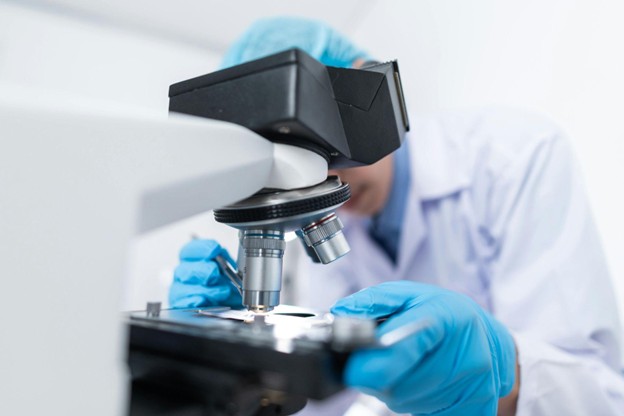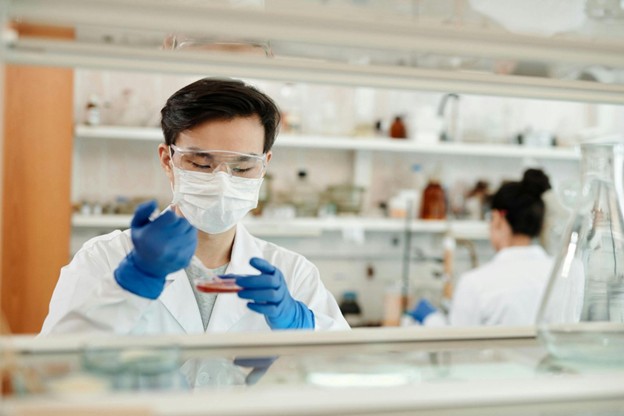Biotechnology has experienced astounding progress recently—particularly in cell line development, a transformative domain. This process involves cultivating and refining specific cells to yield targeted biological products: proteins, antibodies, vaccines. These foundational cell lines support numerous applications—from drug discovery to extensive pharmaceutical manufacturing. Leveraging the unique properties of living cells, scientists replicate complex biological processes in controlled environments—paving the way for groundbreaking innovations in medicine and healthcare.
Trustworthy cell line development services play a crucial role in the advancement of pharmaceuticals. CLD has revolutionized biopharmaceutical production, facilitating the creation of treatments for previously incurable diseases. If you are a researcher, healthcare professional, or merely curious about modern medicine’s scientific underpinnings—this article will provide valuable insights into biotechnology’s continuing impact on healthcare’s future.
Table of Contents
Addressing Current Limitations
Developing cell lines, integral to modern biopharmaceuticals, demands innovative solutions for its range of challenges; notably, the time-intensive process of cultivating stable, high-yielding strains. Researchers concentrate on optimizing cell selection methods and weave in advanced technologies like single-cell analysis and predictive modeling, all aiming to hasten the development timeline. Scientists, utilizing these tools, can pinpoint the most promising cell lines early in the process. This reduces the historically slow trial-and-error approach and accelerates progress.
Advancements in genome editing technologies, such as CRISPR-Cas9, are now being utilized to mitigate a critical limitation—the variability and inconsistency of cell lines that affect the reproducibility and reliability of biopharmaceutical production. By precisely altering cells’ genetic compositions, researchers eliminate unwanted mutations and boost cell line stability, guaranteeing uniform performance across different batches. These enhancements boost efficiency. They also amplify the safety and effectiveness of the ultimate pharmaceutical products.
Academia, industry, and regulatory bodies must collaborate to surmount current challenges. Regulatory compliance poses a considerable obstacle—cell line development has to satisfy strict standards guaranteeing patient safety. Open communication and partnerships among stakeholders will pave the way for clearer guidelines and more efficient approval processes. This collaborative approach bridges the gap between scientific innovation and practical application. Consequently, it paves the way for more efficient and effective cell line development.
Trends in Sustainable Development
The pharmaceutical industry, aiming to reduce its environmental footprint, is prioritizing sustainability in CLD. A notable trend here involves the shift toward serum-free and chemically defined media—eliminating animal-derived components—an advancement that not only addresses ethical concerns but also diminishes the environmental impact linked with conventional cell culture methods. Moreover, these media formulations enhance consistency by boosting both the scalability and reproducibility of cell lines.
Incorporating renewable energy sources and resource-efficient practices transforms biomanufacturing facilities. Innovations—including closed-loop systems for water and waste management—actively reduce consumption and curb waste. Moreover, advances in bioprocessing technologies, such as continuous manufacturing, not only optimize production efficiency but also minimize energy usage. Sustainable practices align with global efforts to combat climate change; they actively promote environmental stewardship.
Artificial intelligence (AI) and machine learning actively contribute to sustainability in cell line development. AI-driven algorithms analyze vast datasets, identifying optimal conditions for cell growth and production. This reduces resource-intensive experimentation. Streamlining processes and enhancing precision, AI accelerates development timelines—and significantly diminishes the environmental impact. Sustainability, emerging as a core priority, is set to mold the future of CLD and biomanufacturing.
The Impact on Global Healthcare
Advancements and innovations in cell line development carry transformative potential for global healthcare. They enable the production of biopharmaceuticals at reduced costs, thus making life-saving treatments more accessible to underserved populations. The rise of biosimilars—low-cost alternatives to branded biologics—opens access to therapies for chronic diseases like cancer, diabetes, and autoimmune disorders among patients in low- and middle-income countries. The democratization of healthcare has the potential to save millions of lives. It could significantly enhance the quality of life globally.
Advances in CLD are propelling personalized medicine forward: treatments now cater to the unique genetic and molecular makeup of each patient. These strides allow for the creation of specialized biologics and gene therapies, leading to more precise interventions. This transition from broad-spectrum care toward a tailored approach is significantly enhancing treatment efficacy while minimizing adverse effects.
Innovations in cell line development are crucial for global pandemic preparedness. The swift creation and distribution of vaccines amid the COVID-19 pandemic highlighted robust, efficient cell line technologies. As researchers hone these methods, our capacity to tackle future health crises will significantly improve. Cell line development revolutionizes global healthcare. It combats infectious diseases and addresses chronic conditions, and in doing so, its impact proves both far-reaching and transformative.

Conclusion
Advancements in cell line development carry profound long-term implications, particularly for pharmaceuticals but researchers, policymakers, and industry leaders must prioritize further exploration and innovation in cell line development. Significant progress has occurred, yet regulatory hurdles, scalability issues, and ethical concerns continue to pose challenges. Addressing these problems demands a collaborative effort across disciplines, paired with sustained investment in research and development. Embracing global partnerships accelerates the adoption of sustainable and equitable biotechnology practices. Consequently, the scientific community ensures that we fully realize cell line development’s potential—paving the way for a future that is both healthier and more equitable.






